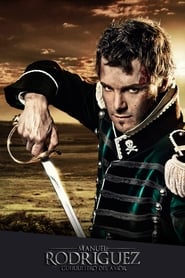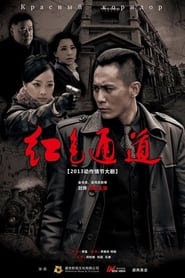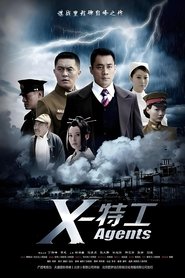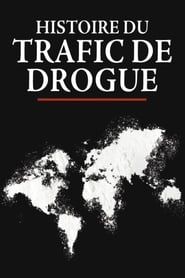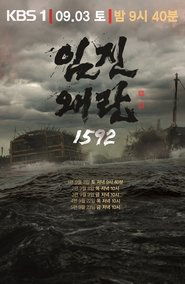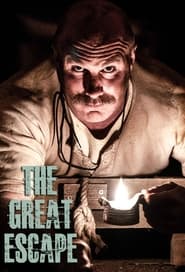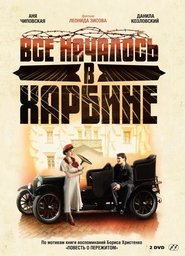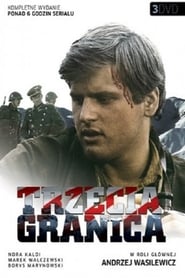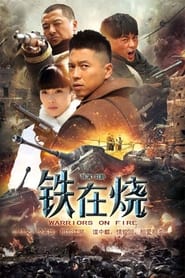War Politics TV Series - Page 67
-
A Panorama of Rivers and Mountains
0000
In 1933, a Communist spy meeting was betrayed. Agent Chen Qianli races to uncover the traitor and secure a critical mission amid relentless enemy pursuit. -
Adventure of Phoenix'S House
1987
Grand Preceptor Shen Qian colludes with the nomadic Nu Muqi tribe to divide and conquer China. When the tribe attacks Yunzhong City, Emperor Xian sends Luo Zeng to resist them. However, Shen tricks Luo and he gets captured. The Emperor mistakenly believes Luo betrayed him, executes his whole family, and Luo's son Luo Kan, along with his brother, escapes and seeks help to save their father. Three women who once rejected Luo Kan's advances also join forces to assist him. However, they are captured, and Luo Kan and Luo Cang lead the people of Yunzhong to fight the invaders. They succeed in defeating Shen Qian, and Luo Zeng demands that he testify to Shen's treachery. Shen's son plots to overthrow the Emperor and imprisons him in a tower. He and his allies, with the help of Luo Kan and Luo Cang, rescue the Emperor and confront Shen. -
Manuel Rodríguez
2010
Manuel Rodríguez
2010
During the years of the Spanish Reconquest, Manuel Rodríguez is a wanted man in Chile. His head already has a price and he's considered a legend among many. But it's his love for Francisca, a noble woman, what will make him take all kinds of risks, regardless of the differences that separate them. From then on, Rodríguez will fight both for the freedom of his homeland and for the love of his life, Francisca. -
Spies
2013
-
Battalion
2016
-
Red Channel
2014
Red Channel
2014
-
Povstalecká história
1984
Povstalecká história
1984
-
X特工
2010
X特工
2010
-
Italy at War: 1940-1942 Battles
1983
A 1983 six-episodes series, made by Massimo Sani, which recounts the WW2 battles involving Italy between 1940 and 1942: from the attacks to France and Greece to the clashes in Africa and the disastrous expedition to Russia. -
The Story of Drug Trafficking
2020
star 7.4This series explores the history of drug trafficking from a political perspective and reveals the murky role played by many states which have used the drug trade as an instrument of power. Opium, heroin, cocaine, and designer drugs have sparked wars, financed militias, and brought down states. -
Imjin War 1592
2016
-
大西南剿匪记
2009
大西南剿匪记
2009
-
蚂蚱
2015
蚂蚱
2015
-
决战南京
2010
决战南京
2010
-
The Great Escape
2021
The Great Escape
2021
star 8The story of the audacious Second World War prison break immortalised in the classic 1963 film, when 76 men tunnelled out of a German prison camp in March 1944 on a mission to cause mayhem in the heart of the Third Reich. The opening instalment reveals how the PoWs set about building three huge tunnels and preparing 200 men for escape from Stalag Luft III -
It All Started in Harbin
2013
star 4The events of the film unfold first on the territory of China, in Manchuria, then transferred to the USSR, have an extensive geographical area: from Harbin to Leningrad, and cover the period from 1928 to 1953. The plot is based on the complex, full of dramatic events, the fate of a man — Boris, the son of an employee of the Chinese-Eastern Railway. -
Trzecia granica
1976
-
Burning Iron
2015
Burning Iron
2015
The play tells the story of three different life experience in a troubled era. Different personalities in a turbulent fate of ups and downs and good and bad fighting against the Japanese. -
Tears on Bold Eyes
1980
Tears on Bold Eyes
1980
star 8A story based on real events from the Egyptian spy files of an Egyptian intelligence operation against the Israeli Mossad, whose hero was in fact (Ahmed Mohamed Abdel Rahman Al-Hawan) -
Byakkotai
2007


